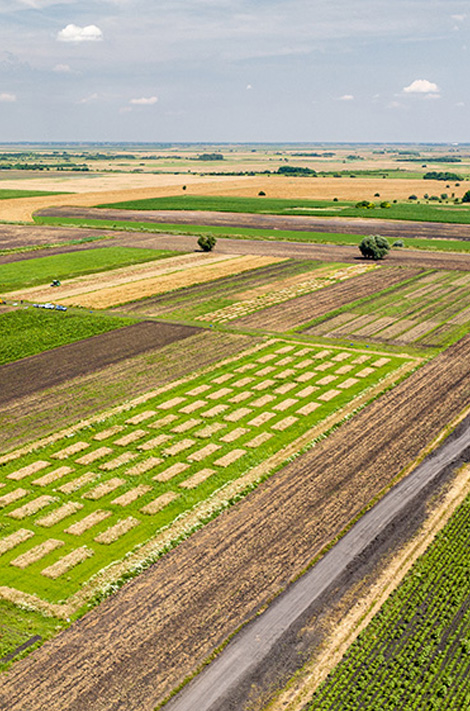
Our Areas of Research
We develop methods for soil health management in plant based organic farming.
To support the transition towards livestock-free sustainable production, our knowledge and solutions will be shared with the world for free.
Subscribe to our newsletter for our latest news.









Subscribe to our newsletter for latest field trials and sustainable farming practices.
By submitting your email, you consent to subscribe to our e-newsletter to receive the latest LoginEKO updates. You can withdraw your consent at any time, more info here.









